Alaska Structures® custom designs, engineers, and manufactures the world’s most widely used fabric buildings.
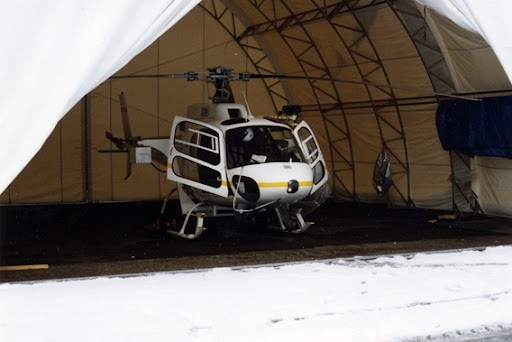

Alaska Structures® custom designs, engineers, and manufactures the world’s most widely used fabric buildings.
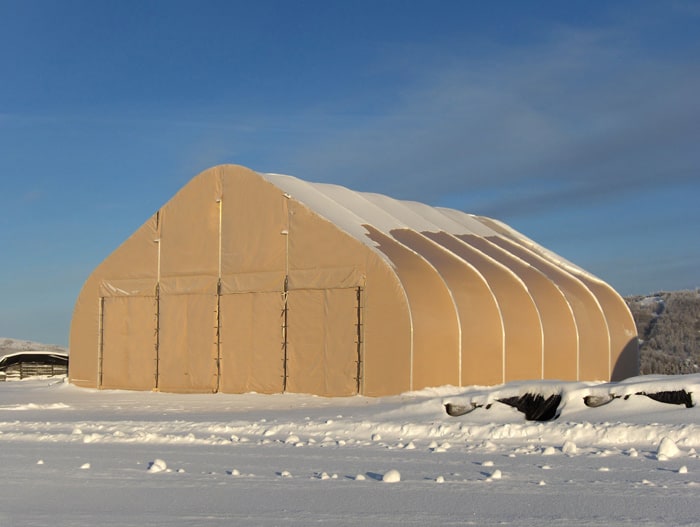
Alaska Structures fabric airport hangars are the perfect solution for aircraft or other aviation storage needs at your airport.
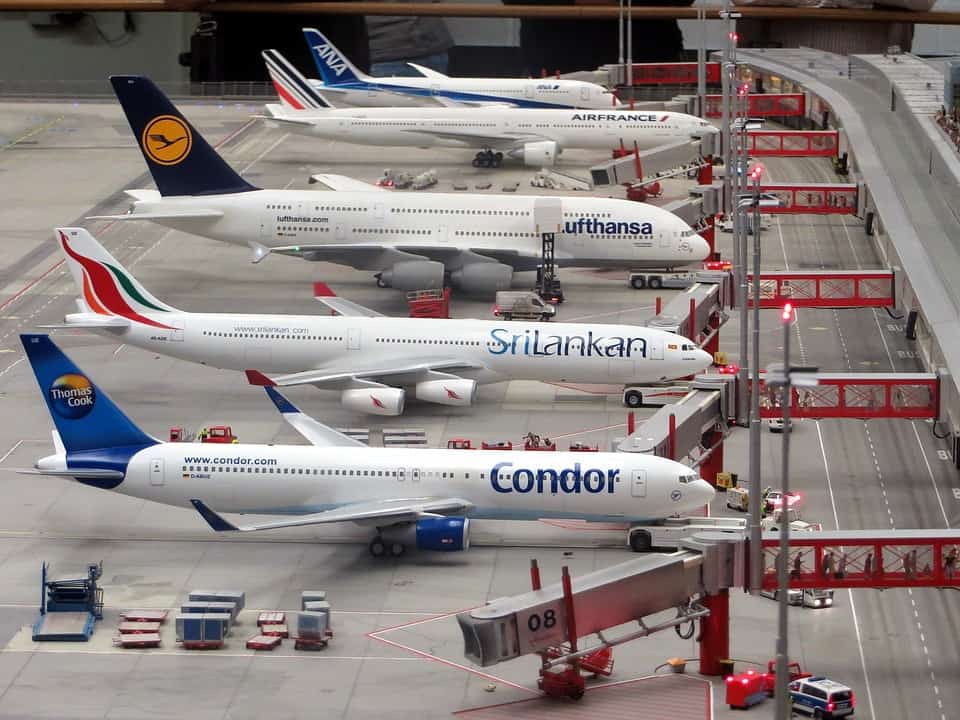
We utilize the latest engineering tactics, strict manufacturing protocols, and high-quality materials to create long-lasting fabric airport facilities.
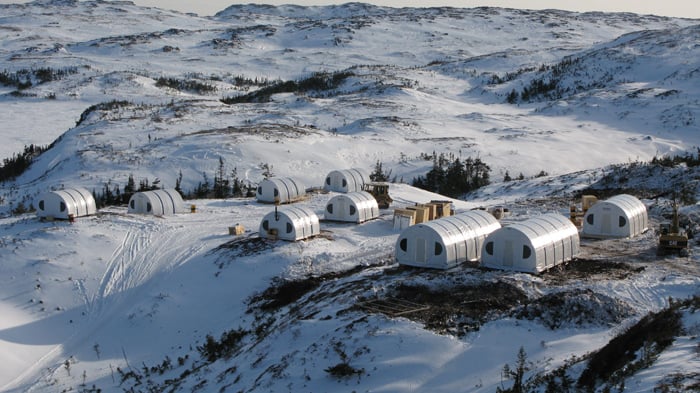
Alaska Structures offers fabric buildings for sale that are uniquely suited for a wide range of commercial, governmental and industrial applications.|Alaska Structures offers fabric buildings for sale that are uniquely suited for a wide range of commercial, governmental and industrial applications.
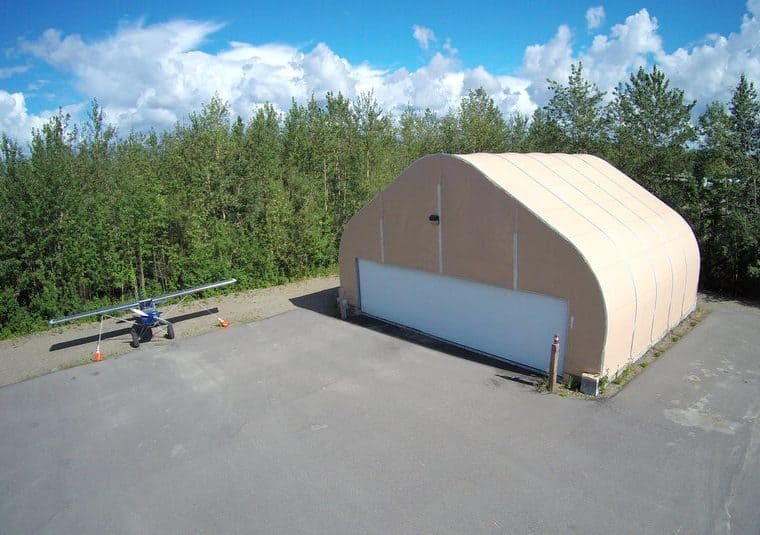
Cost and price shouldn’t be the only considerations taken into account, as the benefits of owning a custom airplane hangar over renting one are numerous.
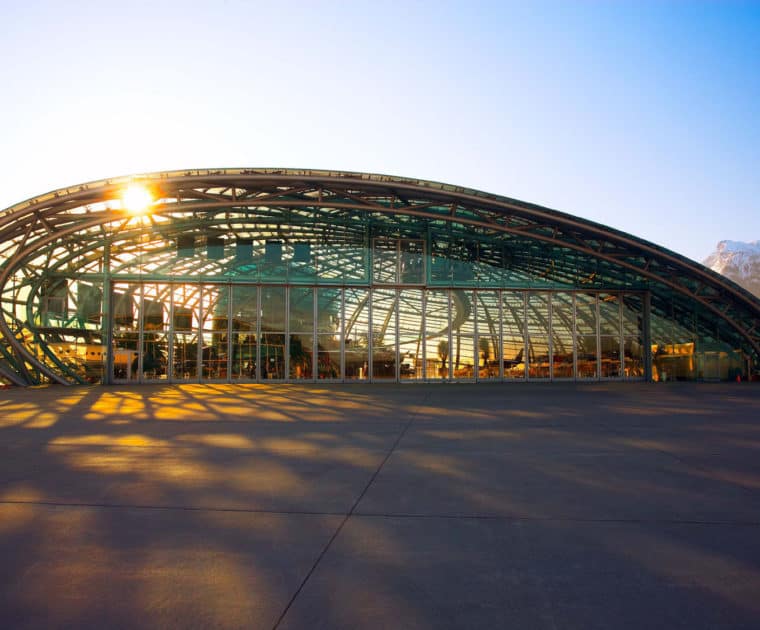
Hangars are necessary to protect and store many different kinds of aircrafts. Many different materials have been used to build hangars, including fabric buildings. Owners want durable and cost effective hangars for their planes. However, there are some hangars with more than a functional purpose. Although they can still store airplanes, there are hangars that are historic and well known. These hangars are famous around the world for various reasons and attract tourists and historians alike. Hangars of notable fame include the Spruce Goose Dome, Lockheed Air Terminal, Boeing Everett Factory, Hangar B, Aerium, Hangar One, and Hangar-7.
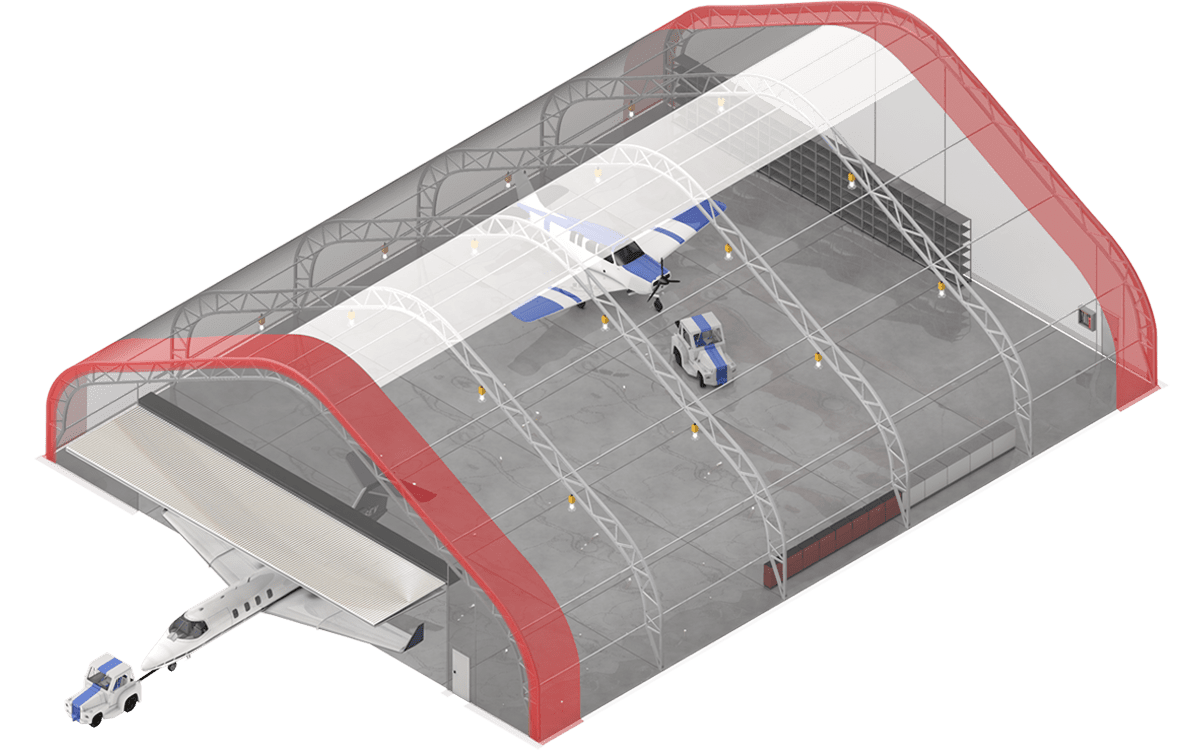
Airports are important hubs housing passengers, cargo, airplanes, and vehicles. When planning an airport, it is complex and expensive, due to the many needs and services it must accommodate. While the complex nature of airports won’t change, good planning and flexible materials can make building an airport less costly. One way to lower costs is to use fabric buildings instead of traditional brick-and-mortar buildings. Fabric buildings are great for aircraft and cargo storage, passenger shelter, terminal buildings, and advanced systems. Fabric buildings are already part of the designs of some modern airports today. For example, the Denver International Airport uses fabric buildings and well known for it’s design. As airports receive updates and advance, fabric buildings find themselves as part of new designs.
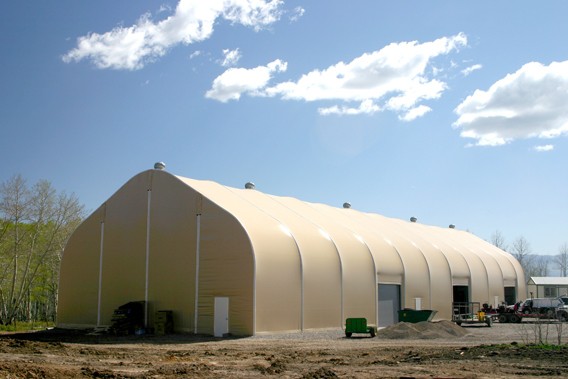
Versatile, strong, and portable, tension fabric buildings present many advantages over similar-sized wood, metal, pole, and other traditional structures.
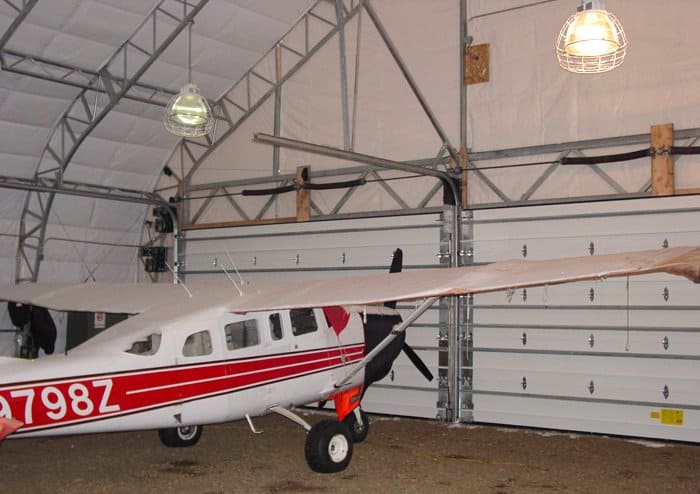
Buying an aircraft hangar is a huge investment with lots of factors to consider. Obviously your budget will affect your decision, but it’s important to consider the needs of your aircraft. Determine the basic needs for your aircraft to see what hangars are available to support those needs. The first consideration is location. Location can affect the cost of your project if you lease space or need to build roads, strips etc. Design type is the next factor. Pre-made options may be cheaper, but custom design may be needed if you have special aircraft. The layout is also an important factor, to maximize space for however many aircraft you must store. The materials you use such as door types, fabrics, and sheeting also determine the price of your hangar. You also must make sure your hangar is up to code and on proper foundation. Location plays a role in this as well because it often affects building requirements. This guide can help you consider all these factors to make the best purchase for your needs.
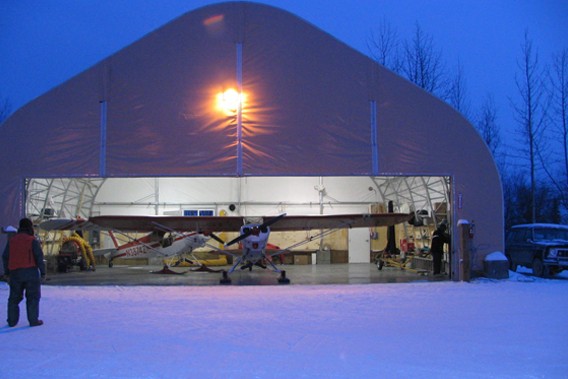
If you own an airplane or other aircraft, you have a huge asset that needs protection from the elements. An Aircraft Hangar will provide this protection to secure your investment, and you have many options when choosing a hangar. One option is to use a fabric structure to protect your aircraft. Alaska Structures provides fabric structures, tested in harsh conditions for their strength, that are fast to set up. In addition to fast setup, these structures are customizable and cheaper than a brick-and-mortar style hangar. Learn more about the benefits of using the fabric aircraft hangars some government agencies have chosen to use.
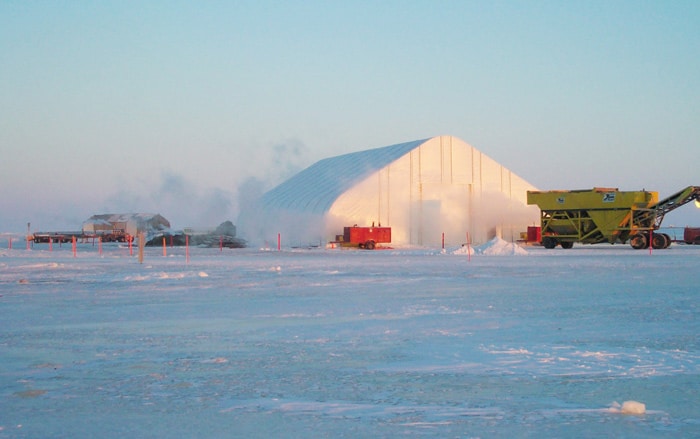
You may have your operations housed in an old building, wasting energy and driving up costs due to poor insulation, etc. Before you begin upgrades, it’s important to explore all your options for repairing an old structure or building a new one. Sometimes repairing an old structure can be just as expensive as building a new one, and both take a lot of time. Another option is to use a fabric building to support your operations, as they are fast and easy to setup. In addition, they are typically less costly than upgrades or a building a brick-and-mortar structure. Alaska Structures designs fabric structures with a host of benefits and ways to save and increase energy efficiency.
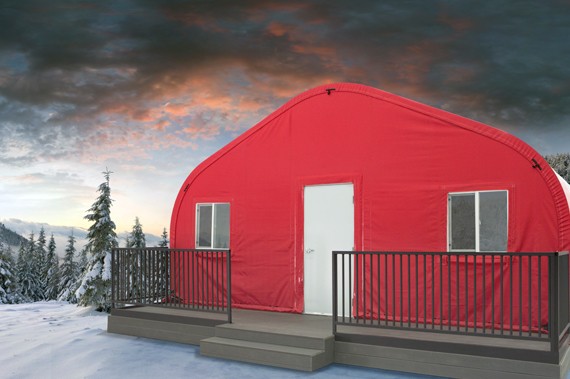
Nationally and globally there have been efforts to reduce waste and pollution on our planet, including the recent Paris Agreement. With global warming and new legislation, operations must use energy-efficient and eco-friendly buildings to help the planet and avoid lawsuits. Green buildings efficiently use energy, protect occupant health and reduce waste and pollution according to the Environmental Protection Agency. Alaska Structures offers a solution for operations managers that will follow EPA standards while not increasing operation costs a lot. Their fabric structures are equipped with lots of options that cut down energy costs, are reusable, and comfortable for employees to work in.